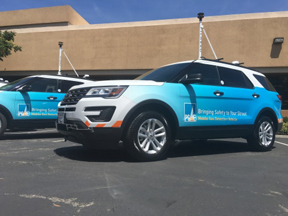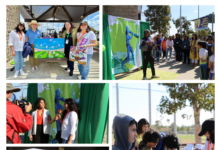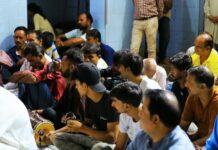
SAN FRANCISCO, CA: After outfitting 10 new vehicles with super-sensitive leak-detecting technology, Pacific Gas and Electric Company (PG&E) employees drove 60,000 miles across California and just wrapped up the one millionth leak detection inspection of gas service lines connecting properties to the gas distribution network.
In 2012, PG&E became the first utility in the world to use Picarro Surveyor™ vehicle-mounted methane-detection technology that is 1,000 times more sensitive than traditional equipment. Thanks to this innovation, PG&E has been able to more accurately survey its service area contributing to a 99 percent reduction of minor leaks on its system since 2010. The fleet using the Picarro Surveyor™ continues to expand with two new vehicles added this year.
“The Picarro Surveyor™ technology has transformed our ability to find and then fix natural gas leaks on our system. We’ll build on our success and create the next generation of leak management capabilities for the industry by enhancing safety, improving quality, and capturing efficiencies as well as reducing the impact on the environment,” said Nick Stavropoulos, PG&E’s President of Gas.
“PG&E has led the industry in the adoption of the Picarro solution. The partnership that we have with PG&E has enabled us to revolutionize, through data and analytics, a process that has been in place for decades, allowing for enhanced safety while driving towards a more reliable and affordable energy future,” said Alex Balkanski, Picarro’s president and CEO.
The technology works by continuously measuring methane concentrations in the atmosphere and pinpoints the location of a natural gas leak, which has a unique signature, differing from other methane sources. PG&E’s approach to bundling work with the survey process, referred to as “Supercrew”, helps reduce customer disruption by addressing leaks in a community during one time period, versus repeat visits to a neighborhood.
India Post News Service






